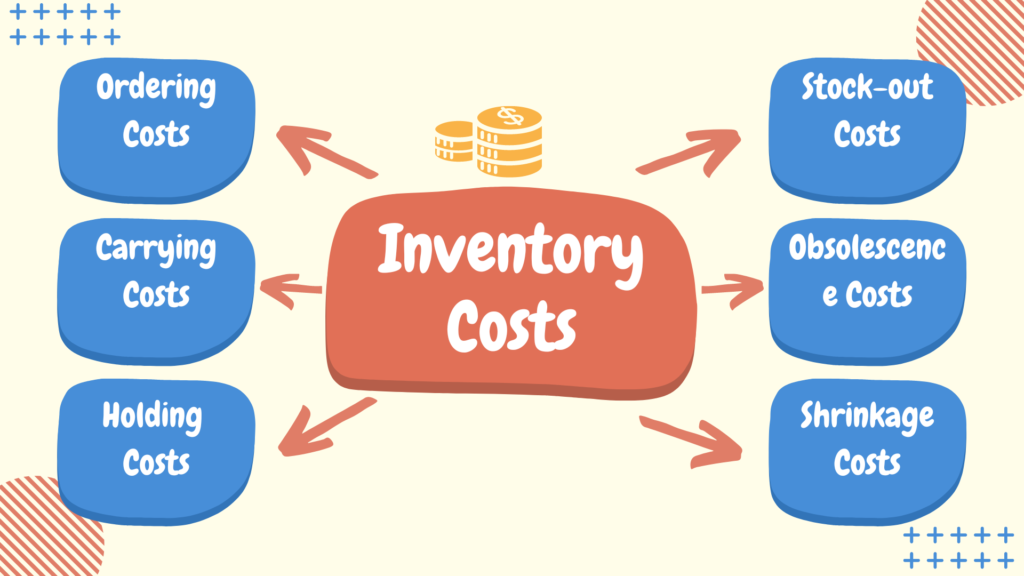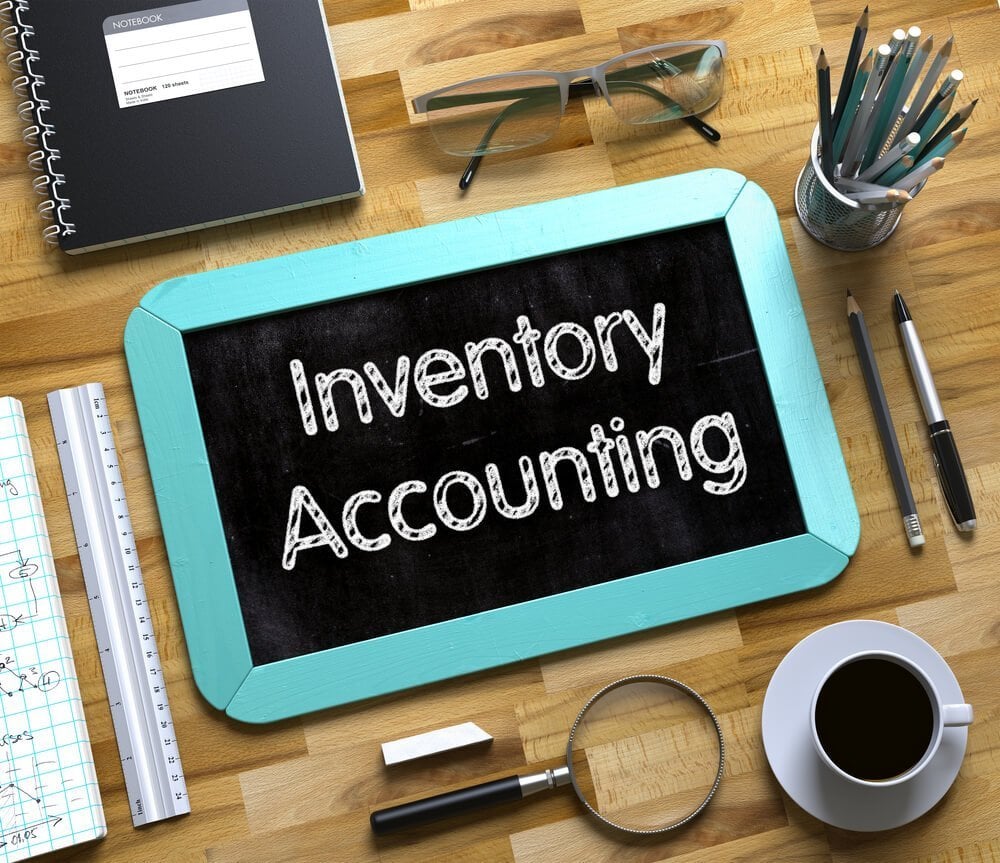Business inventory accounting is a critical aspect of financial management, providing businesses with the tools to accurately track and value their inventory. By understanding the principles and practices of inventory accounting, businesses can gain valuable insights into their operations and make informed decisions that drive profitability.
This comprehensive guide will delve into the intricacies of business inventory accounting, exploring the various valuation methods, costing techniques, and management strategies employed by businesses to optimize inventory management and ensure financial accuracy.
Overview of Business Inventory Accounting
Business inventory accounting is the systematic recording and monitoring of the physical goods or merchandise held by a company for the purpose of sale or production. It involves tracking the quantity, cost, and location of inventory items throughout their lifecycle, from acquisition to sale.
Inventory accounting plays a crucial role in financial management and operational efficiency. It provides businesses with real-time visibility into their inventory levels, enabling them to make informed decisions regarding production, purchasing, and sales strategies. Accurate inventory records are essential for calculating the cost of goods sold (COGS), determining profitability, and ensuring compliance with accounting standards.
Purpose and Significance of Business Inventory Accounting
The primary purpose of business inventory accounting is to provide accurate and up-to-date information about a company’s inventory. This information is used for various purposes, including:
- Calculating the cost of goods sold (COGS): Inventory accounting provides the necessary data to determine the cost of goods sold, which is a critical component of the income statement.
- Determining profitability: Accurate inventory records are essential for calculating gross profit and net income, which are key indicators of a company’s financial performance.
- Managing inventory levels: Inventory accounting helps businesses maintain optimal inventory levels, avoiding both overstocking and understocking. This optimizes cash flow and ensures that customers’ demands are met.
- Preventing theft and loss: Proper inventory accounting systems can help identify and prevent theft or loss of inventory items.
- Ensuring compliance with accounting standards: Businesses are required to maintain accurate inventory records in accordance with Generally Accepted Accounting Principles (GAAP) or International Financial Reporting Standards (IFRS).
Inventory Valuation Methods

Inventory valuation methods are used to determine the cost of inventory on hand at any given time. There are three main inventory valuation methods: FIFO, LIFO, and weighted average. Each method has its own advantages and disadvantages.
FIFO (First-In, First-Out)
Under FIFO, the cost of goods sold is assumed to be the cost of the oldest inventory on hand. This means that the inventory that was purchased first is the first to be sold. FIFO is a relatively simple method to use and it can be used with any type of inventory.
Advantages of FIFO:
- FIFO is a simple method to use.
- FIFO can be used with any type of inventory.
- FIFO provides a more accurate measure of the cost of goods sold during periods of rising prices.
Disadvantages of FIFO:
- FIFO can result in a lower net income during periods of rising prices.
- FIFO can result in a higher tax liability during periods of rising prices.
LIFO (Last-In, First-Out)
Under LIFO, the cost of goods sold is assumed to be the cost of the most recent inventory purchased. This means that the inventory that was purchased last is the first to be sold. LIFO is a more complex method to use than FIFO, but it can be more advantageous during periods of rising prices.
Advantages of LIFO:
- LIFO can result in a higher net income during periods of rising prices.
- LIFO can result in a lower tax liability during periods of rising prices.
Disadvantages of LIFO:
- LIFO is a more complex method to use than FIFO.
- LIFO can result in a lower net income during periods of falling prices.
- LIFO can result in a higher tax liability during periods of falling prices.
Weighted Average
Under the weighted average method, the cost of goods sold is assumed to be the average cost of all inventory on hand. This means that the cost of each item sold is calculated by dividing the total cost of inventory by the total number of units on hand.
Advantages of weighted average:
- Weighted average is a simple method to use.
- Weighted average provides a more accurate measure of the cost of goods sold during periods of stable prices.
Disadvantages of weighted average:
- Weighted average can be less accurate than FIFO or LIFO during periods of rapidly changing prices.
Inventory Costing Techniques
Inventory costing techniques are methods used to assign a cost to the inventory items held by a business. The choice of costing technique can impact the financial statements and the profitability of the business.
The main inventory costing techniques are:
Specific Identification
Specific identification is a costing technique that assigns a specific cost to each inventory item. This technique is most appropriate when the inventory items are unique or have different costs. For example, a car dealership may use specific identification to track the cost of each car in its inventory.
Standard Costing
Standard costing is a costing technique that assigns a predetermined standard cost to each inventory item. This technique is most appropriate when the inventory items are similar and have a relatively stable cost. For example, a manufacturer of widgets may use standard costing to assign a cost to each widget produced.
Average Costing
Average costing is a costing technique that assigns an average cost to each inventory item. This technique is most appropriate when the inventory items are similar and have a fluctuating cost. For example, a grocery store may use average costing to assign a cost to each item in its inventory.
Inventory Management Strategies

Inventory management strategies are crucial for businesses to optimize their inventory levels, minimize costs, and enhance efficiency. These strategies help businesses determine the optimal amount of inventory to hold, when to order, and how much to order. The choice of inventory management strategy depends on various factors such as industry, product characteristics, and business goals.
Let’s explore some of the common inventory management strategies:
Just-in-Time (JIT)
Just-in-Time (JIT) is an inventory management strategy that aims to minimize inventory levels by receiving goods only when they are needed for production or sale. This strategy helps reduce storage costs, spoilage, and obsolescence. JIT requires close coordination with suppliers to ensure timely delivery of goods.
Benefits of JIT
- Reduced inventory holding costs
- Improved cash flow
- Reduced risk of obsolescence
Challenges of JIT
- High dependency on suppliers
- Potential for production delays due to supply disruptions
- Requires accurate demand forecasting
Economic Order Quantity (EOQ)
Economic Order Quantity (EOQ) is an inventory management technique that determines the optimal quantity of inventory to order at a time. EOQ considers factors such as demand, ordering costs, and holding costs to minimize total inventory costs.
Benefits of EOQ
- Reduced inventory costs
- Improved inventory turnover
- Simplified ordering process
Challenges of EOQ
- Assumes constant demand and costs
- May not be suitable for items with fluctuating demand
- Requires accurate data for calculation
Safety Stock
Safety stock is an additional amount of inventory held beyond the expected demand to buffer against uncertainties in demand or supply. Safety stock helps prevent stockouts and ensures uninterrupted operations.
Benefits of Safety Stock
- Reduced risk of stockouts
- Improved customer satisfaction
- Enhanced operational efficiency
Challenges of Safety Stock
- Increased inventory holding costs
- Potential for obsolescence
- Requires accurate estimation of demand variability
Inventory Accounting in Practice

Inventory accounting systems track the flow of inventory items through a business. They provide information about the quantity, cost, and location of inventory, which is essential for managing inventory levels and ensuring accurate financial reporting.
Design a Sample Inventory Accounting System
A sample inventory accounting system might include the following steps:
- Establish inventory accounts in the general ledger.
- Create a perpetual inventory system to track inventory balances in real time.
- Develop procedures for receiving, storing, and issuing inventory.
- Implement a system for counting and verifying inventory periodically.
- Establish procedures for adjusting inventory records to reflect changes in quantity and value.
Illustrate with an Example Transaction
For example, consider the following transaction:
A company purchases 100 units of inventory at a cost of $10 per unit. The company records the transaction as follows:
- Debit Inventory for $1,000 (100 units x $10 per unit).
- Credit Accounts Payable for $1,000.
This transaction increases the Inventory account balance by $1,000 and increases the Accounts Payable account balance by $1,000.
Impact of Inventory Accounting on Financial Statements
Inventory accounting significantly impacts a company’s financial statements. By providing a monetary value for the inventory, it affects the balance sheet and influences the analysis of the income statement.
Impact on Balance Sheet, Business inventory accounting
Inventory is an asset on the balance sheet, categorized as either current asset (if expected to be sold within a year) or non-current asset (if not expected to be sold within a year). The value of inventory affects the company’s total assets and its working capital, which is the difference between current assets and current liabilities.
Implications for Income Statement Analysis
Inventory accounting methods can impact the timing and amount of expenses recognized on the income statement. The choice of inventory costing method, such as FIFO, LIFO, or weighted average cost, affects the cost of goods sold and thus the gross profit margin.
This can influence the analysis of a company’s profitability and financial performance.
Best Practices in Inventory Accounting
Effective inventory accounting is essential for businesses to maintain accurate financial records and optimize their inventory management practices. Implementing best practices can help businesses minimize errors, prevent fraud, and ensure the integrity of their inventory records.
Internal Controls for Inventory Management
Internal controls are a set of policies and procedures designed to safeguard assets, prevent errors, and promote compliance. For inventory management, internal controls include:
- Physical Inventory Counts:Regular physical counts of inventory ensure accuracy and identify discrepancies.
- Segregation of Duties:Separating inventory purchasing, receiving, and record-keeping responsibilities prevents fraud.
- Authorized Access:Restricting access to inventory areas and records minimizes unauthorized access.
- Periodic Inventory Reviews:Management reviews of inventory records and reports help identify trends and potential issues.
Inventory Audit Procedures
Inventory audits are independent reviews of inventory records and procedures to ensure accuracy and compliance. Audit procedures include:
- Verification of Physical Inventory:Auditors compare physical inventory counts to inventory records.
- Examination of Inventory Documentation:Auditors review purchase orders, receiving reports, and other documentation to verify inventory transactions.
- Assessment of Internal Controls:Auditors evaluate the effectiveness of internal controls over inventory management.
li> Sampling and Statistical Techniques:Auditors use sampling methods to test the accuracy of inventory records.
Industry Best Practices for Maintaining Accurate Inventory Records
In addition to internal controls and audit procedures, businesses can follow industry best practices to maintain accurate inventory records:
- Use Inventory Management Software:Automated systems reduce errors and improve efficiency.
- Establish Inventory Valuation Policies:Clear policies ensure consistent inventory valuation methods.
- Regularly Reconcile Inventory Records:Compare inventory records to physical counts and financial statements.
- Train Staff on Inventory Management:Ensure staff understands inventory procedures and best practices.
Closing Summary: Business Inventory Accounting
In conclusion, business inventory accounting is a multifaceted discipline that plays a vital role in the financial health of any organization. By adopting sound inventory accounting practices, businesses can enhance their operational efficiency, improve financial reporting, and gain a competitive edge in today’s dynamic business environment.
FAQ Section
What is the purpose of business inventory accounting?
Business inventory accounting helps businesses accurately track and value their inventory, providing valuable insights into their operations and financial performance.
What are the different inventory valuation methods?
Common inventory valuation methods include FIFO (First-In, First-Out), LIFO (Last-In, First-Out), and Weighted Average.
What are the advantages of using a specific identification costing technique?
Specific identification allows businesses to track the cost of individual inventory items, providing greater accuracy in inventory valuation.
